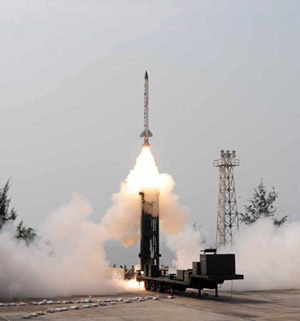INDIAN ARMED FORCES CHIEFS ON OUR RELENTLESS AND FOCUSED PUBLISHING EFFORTS

The insightful articles, inspiring narrations and analytical perspectives presented by the Editorial Team, establish an alluring connect with the reader. My compliments and best wishes to SP Guide Publications.

"Over the past 60 years, the growth of SP Guide Publications has mirrored the rising stature of Indian Navy. Its well-researched and informative magazines on Defence and Aerospace sector have served to shape an educated opinion of our military personnel, policy makers and the public alike. I wish SP's Publication team continued success, fair winds and following seas in all future endeavour!"

Since, its inception in 1964, SP Guide Publications has consistently demonstrated commitment to high-quality journalism in the aerospace and defence sectors, earning a well-deserved reputation as Asia's largest media house in this domain. I wish SP Guide Publications continued success in its pursuit of excellence.
- MoD initiates comprehensive review of Defence Acquisition Procedure 2020, pushes for defence reforms
- G7: The Swansong
- Kalinga Connect: South Asia to Polynesia
- Advanced MRSAM for India for a greater firepower
- Must Credit DRDO for Operation Sindoor, now what is next for defence R&D?
- Operation Sindoor | Day 2 DGMOs Briefing
- Operation Sindoor: Resolute yet Restrained
India's BMD to work against 5,000 km range missiles too

India's ballistic missile defence (BMD) system, a multi-layered missile system that is capable of intercepting enemy ballistic missiles up to to ranges of 2,000 km, is now steeped in two things: operationalising the existing PAD/AAD interceptor configuration for deployment in the near term, and adding a capability to intercept ballistic missiles of 5,000+ km in range. The existing exo and endo-atmospheric interceptors have been demonstrated with direct hits during multiple tests.
Top DRDO sources indicate that a few more tests of each weapon will lead to preparations for induction into service. The reason why testing has not taken place so far for such an interceptor includes reasons of the country's geometry and geography, which precludes such an ambitious test. However, scientists at the Advanced Systems Laboratory and other agencies are working with the government to arrive at a solution, that will be a hybrid of simulated studies as well as field testing.





